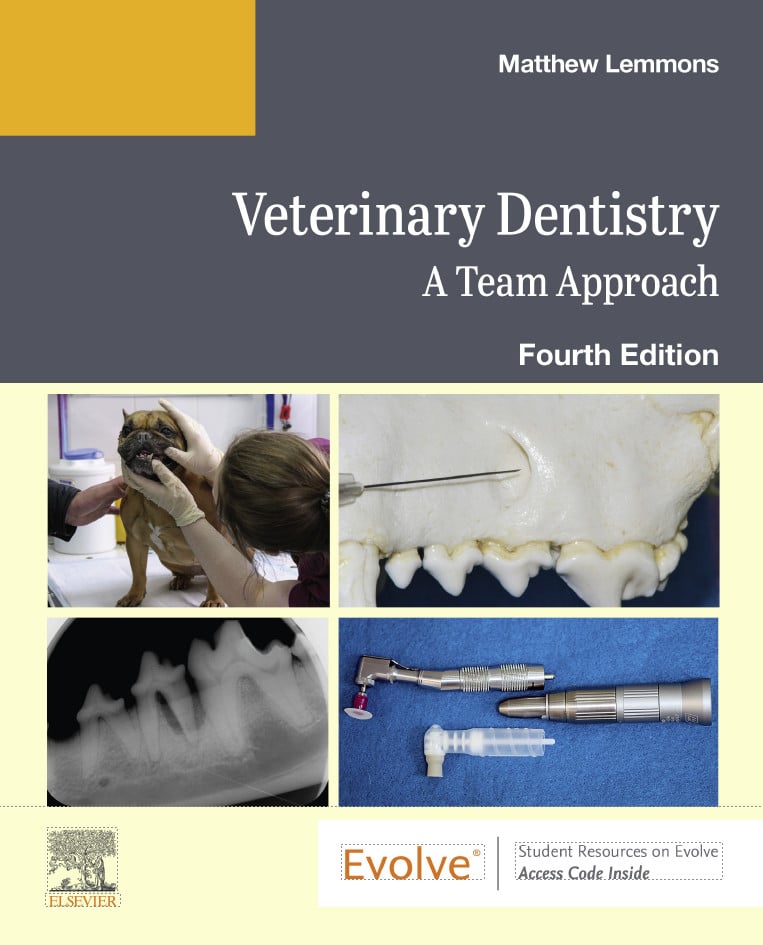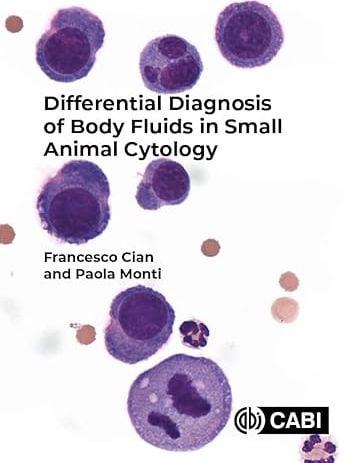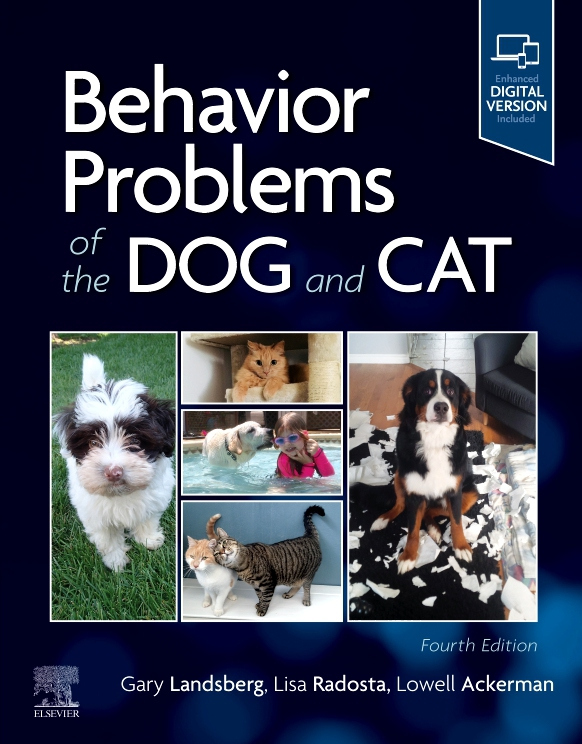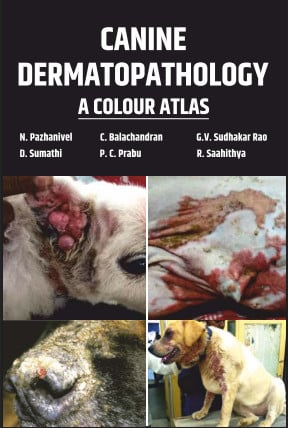
By Matthew S. Lemmons
Veterinary Dentistry: A Team Approach covers everything you need to know about animal dentistry! This handy full-color guide is great for practitioners who are new to veterinary dentistry and for those who want to learn more about the underlying theories of the practice. The first section of the book presents dental procedures, with chapters on oral examinations, instruments, safety, and ergonomics, followed by coverage of more difficult areas such as endodontics, exodontics, and periodontics. Veterinary Dentistry: A Team Approach, 4th Edition concludes with a chapter on marketing veterinary dentistry and proper responses to commonly asked client questions. With its comprehensive coverage and team approach, this text is the ideal resource for helping both veterinary technology and veterinary medicine students quickly master the art of animal dentistry.
This Book is Available For Premium Members Only































![Ettinger’s Textbook of Veterinary Internal Medicine 9th Edition [PDF+Videos] Ettinger’s Textbook of Veterinary Internal Medicine 9th Edition [True PDF+Videos]](https://www.vet-ebooks.com/wp-content/uploads/2024/10/ettingers-textbook-of-veterinary-internal-medicine-9th-edition-100x70.jpg)





